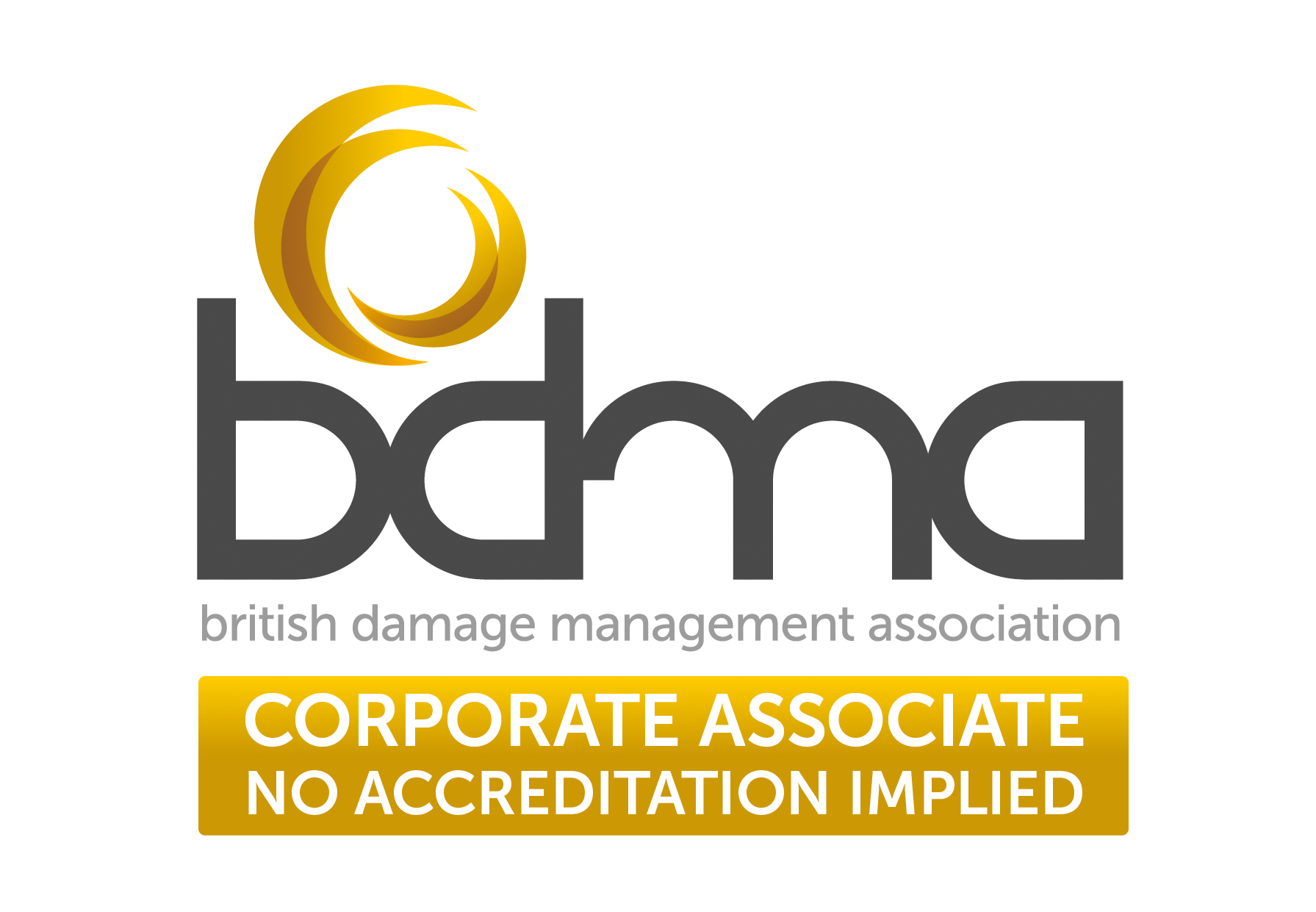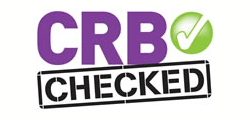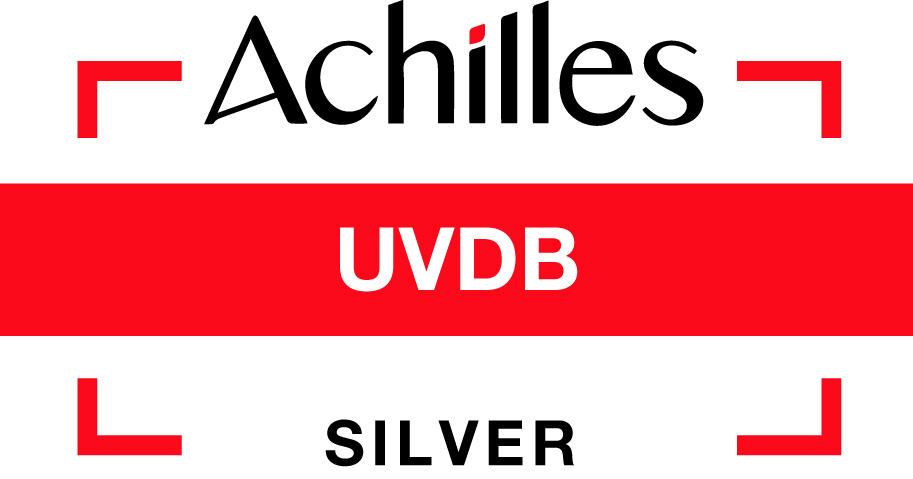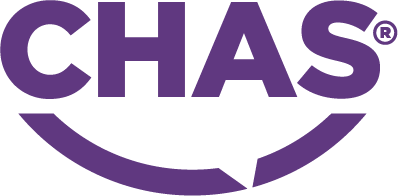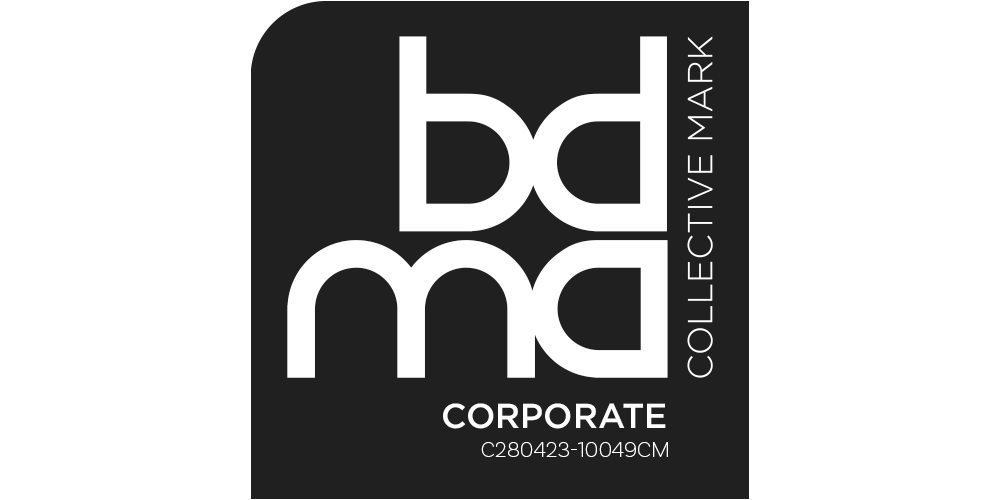
There have been a number of news reports recently on the level of raw sewage being dumped in our seas. These reports include a number of residents and visitors to seaside towns in Kent being warned not to go in the sea.
Most recently MPs voted against putting a legal duty on water firms to reduce the level of raw sewage being pumped into our rivers and seas.
This has angered many members of the public who have taken to social media to vent their anger at their MPs for this decision.
High levels of raw sewage being pumped into the sea affects the quality of the water. It can cause people who come into contact with the water or even ingest it to become very ill. It also has a detrimental impact on the aquatic ecosystems.
Raw sewage, however, can legally be diverted to rivers and seas under exceptional circumstances. Yet, an article in the BBC News claimed raw sewage was discharged into rivers a colossal 400,000 times in 2020.
So when can raw sewage water be pumped into the sea?
Some releases of untreated sewage are legal under environmental law. During heavy rainfall sewage is pumped out of the sewer into rivers and seas using combined sewage overflows. This is done to prevent sewage from backing up into peoples homes, businesses and onto roads.
The combined sewage system in England is made up of hundreds of thousands of kilometres of sewers. It is called a combined sewage system, as clean rainwater and waste water from toilets, bathrooms and kitchens travel through the same pipes to a treatment plant.
Combined sewage overflows were developed as overflow valves, with the ability to be opened to direct the sewage into rivers and seas to prevent the sewage system from being overwhelmed.
Water companies are required to report any discharges to the The Environment Agency so they can be monitored. Local councils are also made aware of any discharges and related issues so they can warn the public if necessary.
What is a sewage backup?
It is simply when the sewage that is flushed or drained away from your home flows back into your home. There are a number of reasons as sewage backup can occur, including tree roots growing in and around pipes and blocked pipes - more information on these can be found in our blog post ‘Common causes of home sewage back ups.’
One of the reasons that can cause a sewage back up is when large volumes of water enter the sewage system rapidly. The volume of water can overwhelm the system preventing it from flowing as it should to the treatment plant.
It can be incredibly distressing for a homeowner to experience a sewage back up. It is not only the water damage they have to deal with, it's also the fact the water is highly contaminated. It can be harmful to your health and often materials that have come into contact with sewage water will need to be disposed of and cannot simply be dried out.
If a home experiences a sewage back up a professional cleaning company will need to be hired to carry out a sewage cleanup.
Why is sewage being dumped illegally?
In recent years water companies have been taken to court and prosecuted for the illegal dumping of sewage in our rivers and seas.
It has been reported that the reason they are doing this is because it is a cheaper alternative to sending the waste to a treatment plant.
It is a requirement of water companies to report any unauthorised discharges into the sea. However, many go unreported or unprosecuted.
The Environmental Agency has been reviewing storm overflows to identify those that have been used in dry weather conditions or have not been compliant with regulations. They should only be used during heavy rainfall to prevent sewage backing up into homes and businesses.
What happens at a treatment plant?

Ideally when wastewater enters the sewage system it travels onwards to a treatment plant.
There are 7 steps to the treatment of sewage water to make it safe to be returned to rivers and seas.
- Waste water travels to treatment plant
Waste water is flushed or drained away from homes and businesses. It enters the sewage system and travels to a treatment plant.
- Screening
Large items are removed along with items that should never be flushed, such as sanitary items and wet wipes. Grit is also removed at this stage.
- Primary Treatment
At this stage the wastewater still contains solid waste. The water is pumped into settlement tanks where the solids sink to the bottom and form a sludge. The sludge is then pumped out to be processed.
- Secondary Treatment
Smaller sludge is removed at this stage along with harmful bacteria.
- Final Treatment
Any remaining bacteria is removed.
- Create renewable energy
Most of the sludge is recycled and used by farmers as fertiliser. It is also used to generate renewable energy. The sludge is heated to create biogas which in turn creates heat and electricity. Dry sludge is also cut into blocks so it can be burnt to generate heat. The heat is captured to make electricity.
- Water is returned to our rivers and seas
Once the water has been through the whole treatment it is now safe to be returned to our rivers and seas.
If you experience a sewage backup into your home or business, call the Flood Doctor. Flood Doctor are available 24 hours a day, 7 days a week to deal with emergencies.

